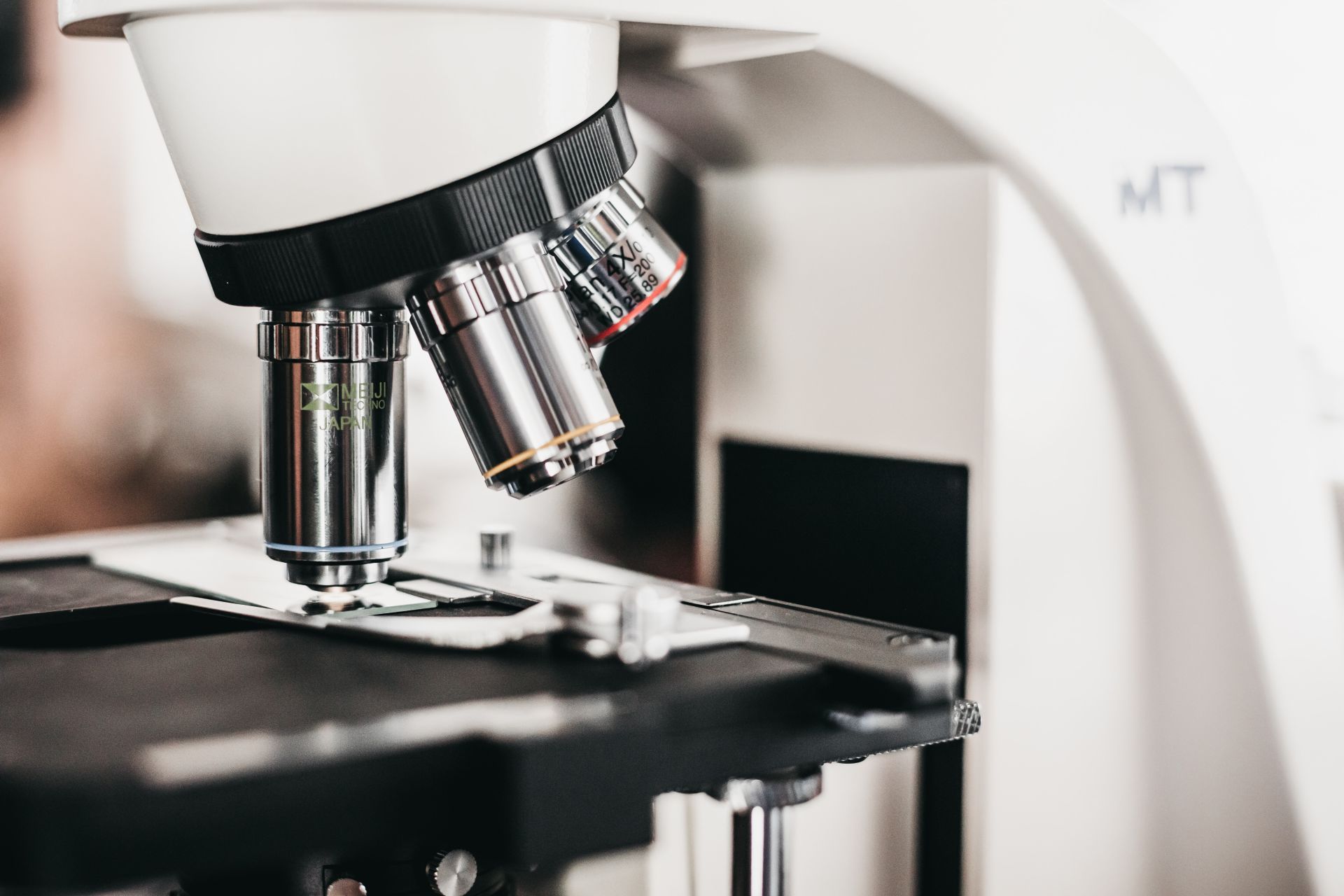Kisspeptin-10 peptide is speculated to regulate several hormone-controlled activities. It is suggested to play a significant role in regulating the hypothalamo-pituitary-gonadal axis, which is deemed essential in pubarche. It may also play a role in the female reproductive cycle through negative feedback control of the gonadotropin-releasing hormone estrogen.
Potential Effects of Kisspeptin-10
- Reduction in Fat Cell Storage Kisspeptin-10 has been suggested to potentially reduce the accumulation of fat cell storage by decreasing the formation and maturation of adipocytes. It might limit the formation of adipocytes by decreasing the expression of the PPAR-y and CEBP-beta genes involved in the construction and differentiation of adipocytes. Kisspeptin-10 has been speculated to affect the formation of fat cells and the breakdown of existing cells. It may enhance the expression of perilipin and hormone-sensitive lipase, the enzyme involved in the breakdown of fat cells. It may also reduce fat accumulation by potentially stimulating leptin, a hormone the adipocytes produce. Leptin may regulate energy balance by suppressing food intake through signals sent to the hypothalamus. When food intake is stopped, the fat reservoir may be utilized, and more fat cells may be broken down.
- Bone Development Kisspeptin-10 (KP-10) may potentially help activate bone-forming cells known as osteoblasts. It may increase the genetic expression of osteogenesis such as the bone morphogenetic protein 2 (BMP2) genes. Kisspeptin-10 may also activate several transcription factors involved in osteoblasts’ activation. These transcription factors include Runt-related transcription factor 2 (Runx2), alkaline phosphatase (ALP), and distal–less homeobox 5 (Dlx5). The activated osteoblasts may then form bone cells (osteocytes). Once osteocytes undergo maturation and differentiation, they may lead to an increase in bone matrix formation and bone mineral density.
- Control of Fertility Kisspeptin-10 may be important in regulating the hypothalamic-pituitary-gonadal (HPG) axis, which produces and regulates gonadal hormones like testosterone and estrogen. These hormones are considered to be responsible for the secondary sexual characteristics that accompany developmental maturation. Since 2005, Kisspeptin-10 has been speculated to be the most significant activator of the HPG axis. In a study, the exposure to Kisspeptin-10 appeared to have induced the rats’ maturation, while the exposure to its antagonist delayed their maturation.
- Potential Neuronal Regeneration Gonadotropin-releasing hormone (GnRH) may exhibit neuroprotective and neuro-regenerative actions. The widespread incidence of GnRH and GnRH immune-reactive neurons in the cerebral cortex suggests that GnRH may be a neuromodulatory peptide. Immunohistochemistry studies also suggest the presence of a GnRH receptor and messenger RNA in the cerebral cortical neurons of rats’ embryos and adult rats. Kisspeptin-10 may stimulate and regulate the production of GnRH.
- Kisspeptin-10 and Olfaction Olfaction may have a vital role to play in mammalian reproduction. Recent studies may have suggested that Kisspeptin-10 is present in the amygdala, the central structure of the olfactory system. Immunochemistry may also have revealed a close relationship between amygdala neurons containing Kisspeptin-10 and dopaminergic neurons, indicating the importance of Kisspeptin-10 in social behaviors like reward and motivation. A study may suggested that male mice exposed to Kisspeptin-10 spent most of their time sniffing female mice. In contrast, those given testosterone did not investigate females preferentially over males.
Disclaimer: The products mentioned are not intended for human or animal consumption. Research chemicals are intended solely for laboratory experimentation and/or in-vitro testing. Bodily introduction of any sort is strictly prohibited by law. All purchases are limited to licensed researchers and/or qualified professionals. All information shared in this article is for educational purposes only.






